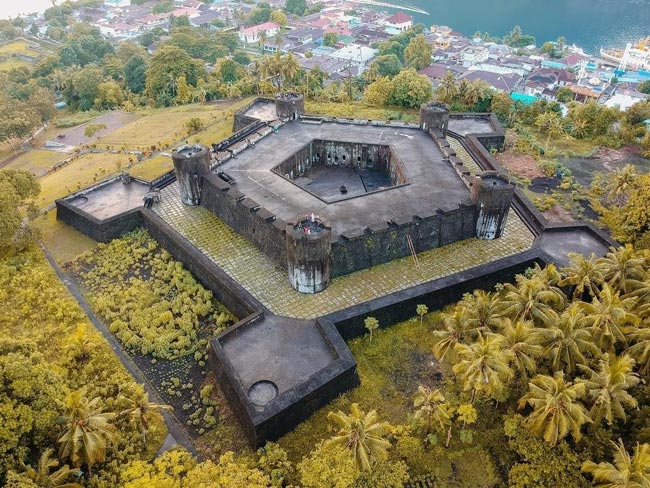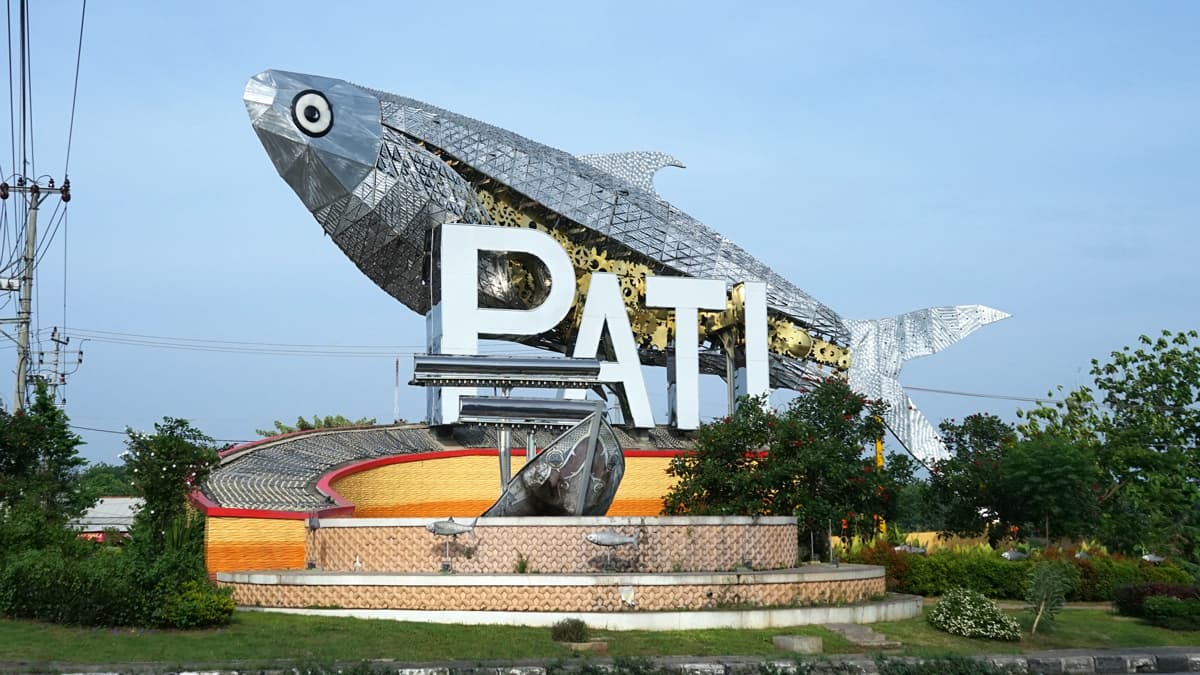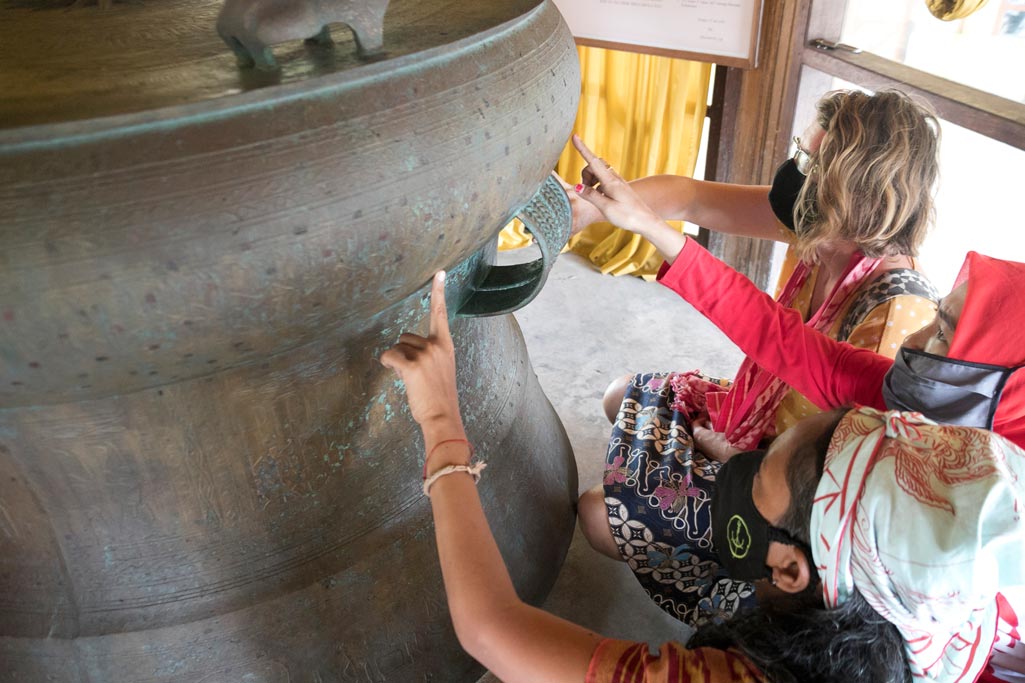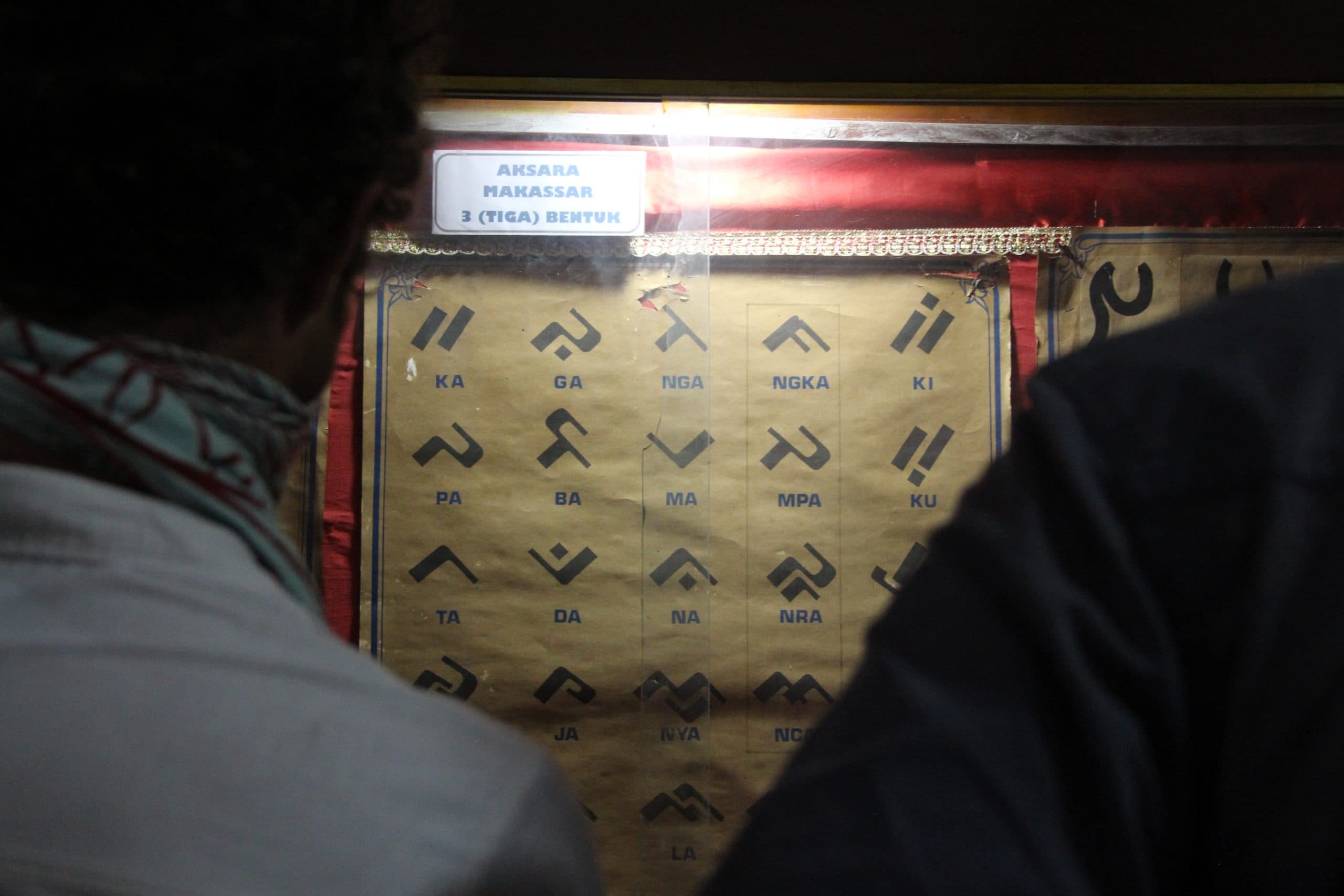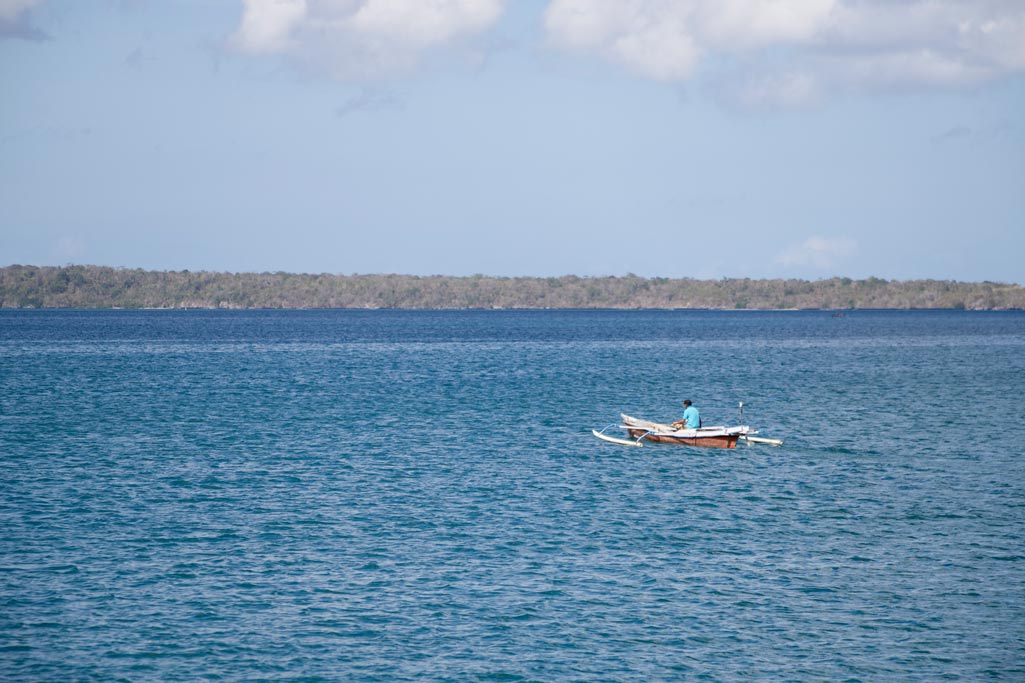
Selayar Islands is a regency that belongs to the South Sulawesi Province. It originated from cedaya (Sanskrit), meaning single-masted boat, for single-masted boats used to berth in the area. Cedaya was mentioned in the holy book Nagarakretagama in 1356, where Selayar became a part of Nusantara as the islands outside Java, as parts of Majapahit.
The holy book Nagarakretagama that was written by Mpu Prapanca, also mentioned that there were several territories, such as Luwuk, Makassar, Butun (Buton), and Salaya (Selayar). Merchants from Java came to the ports in these territories and vice versa. In addition, the presence of sailors from these areas was once recorded in Javanese ports.
In a webinar Dari Selayar ke Makassar, Jejak Rempah Mendunia Dr. ABD. Rahman Hamid, M.Si, a lecturer and researcher from the Faculty of Humanities, Hasanuddin University, explained that the historical discoveries in museums strengthen Selayar Islands’ role in Nusantara sailing traffic. The discoveries include bronze nekara, the giant anchor, and ceramics from China.
Located in a strategic area, Selayar became a geopolitical power for the ruler who controlled the area, who set the sailing activity. According to history, Selayar had never been governed by a great kingdom from the local islands. However, based on the records, the Gowa-Tallo Kingdom, which expanded to the east, and Ternate Kingdom, once ruled Selayar. Therefore, as Selayar became a part of a particular kingdom, rulers could control the sailing routes from west to east and vice versa.
Located in a strategic place, Selayar played a significant role in the ancient trade routes traffic and inter-island commodity distribution, connecting Indonesia’s east and west parts.
In his research entitled Situs Bonto Sikuyu, Kepulauan Selayar, an archaeologist named Shinatria Adhityatama, stated that Selayar took a significant role, especially as the stopover since the ancient trade of the Spice Routes began in the Eastern Indonesia waters. Selayar provided facilities for the merchants, including clean water, supplies, and trades. Further, Selayar became a location for ships to get both maintenance and repair before continuing their voyage.
We must acknowledge that at the time, wooden ships needed special maintenance and constant replacement of wood. In addition to wood, silk and fishery products were the leading commodities of Selayar. The availability of wood in Selayar, concerning ships, was also sustained by the surrounding islands. In addition to being a stopover, Selayar was also a collecting center that collected commodities needed in the ancient trade route.
As a collecting center, Selayar obtained its supplies from farmers and fishers from the nearest islands, like Kalao, Kalatao, and Bonerate islands, as feeder points. After collecting the commodities in Selayar, they sent the commodities to the entrepot—Makassar.
The role of Makassar as an entrepot, was inseparable from the help of feeder points and a collecting center that supported all commodities to be delivered to other areas in Nusantara and even internationally. There were no hierarchical relations of entrepot, collecting center, and feeder points. They were determined by needs, wind conditions, and trade importance in that period.
References:
Adhiyatama, Shinatria. 2015. Analisis Data (Situs Bonto Sikuyu, Kepulauan Selayar). Artikel. Research Gate.
Budaya Saya, 2020. Webinar Dari Selayar ke Makassar, Jejak Rempah Mendunia. 25 September 2020, https://www.youtube.com/watch?v=vKnXKhV1Irg&t=1345s
Website Pemerintah Kabupaten Kepulauan Selayar. Sejarah. 9 Oktober 2020. https://www.kepulauanselayarkab.go.id/hal-sejarah.html
Text: Putri
Editor: Tiya Septiawati
Translator: Izaz Ahlanda Putra
Reviewer: Dhiani Probhosiwi



